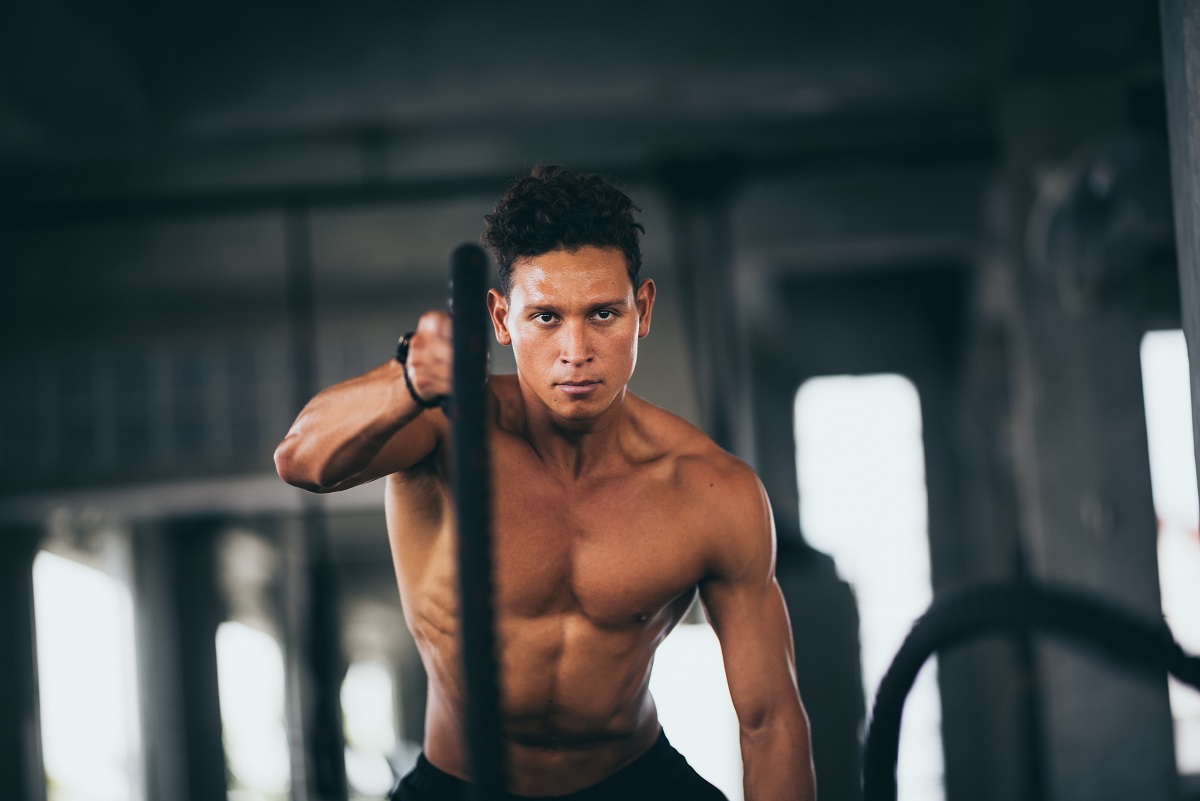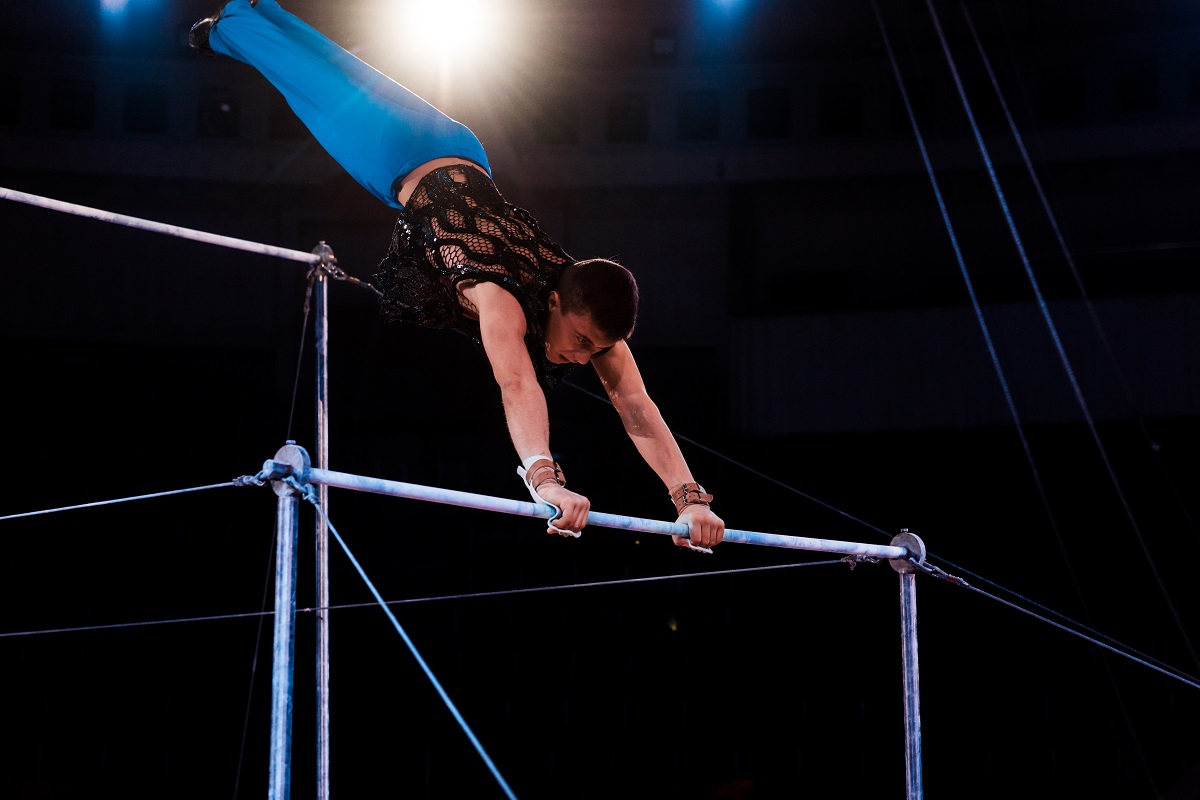Whether you are an athlete looking to enhance your performance, a fitness enthusiast seeking to diversify your workout regime or a beginner embarking on your fitness journey, power training is a fantastic way to improve your athletic capabilities. Offering a robust array of benefits, power training can help you optimise your body’s strength, speed and agility, which are vital for all types of physical activities. This article will delve into the world of power training, exploring various types of exercises, principles, techniques, benefits, potential risks and providing practical workout examples.
What is power training?
Power training is a type of resistance training that focuses on executing exercises at a rapid pace. The aim is to increase the power and explosiveness of your movements, which will enhance your athletic performance.

Types of power training
Power training can take on a myriad of forms, with each one uniquely designed to offer varied benefits and target different muscle groups. From plyometrics to Olympic weightlifting and functional power training, these diverse methods allow for a holistic approach to enhancing strength output. In the following sections, we’ll dive deeper into these power training types and their benefits, as well as the fundamental principles that guide this workout regime.
Understanding the types of power training
When it comes to power training, it’s not a one-size-fits-all approach. There’s an array of options, each catering to different fitness levels and goals. Let’s take a closer look at plyometrics, Olympic weightlifting and functional power training.
Plyometrics

Plyometrics, often referred to as “jump training” or “plyos”, are exercises that focus on exerting maximum force in as short a time as possible, aiming to boost power and speed. The beauty of plyometrics lies in their versatility, as they can be adjusted to suit various fitness levels and can target a range of muscle groups.
- Box Jumps: Ideal for working the legs and core, box jumps involve jumping onto a sturdy platform from a squatting position and then jumping or stepping back down. As simple as it may seem, box jumps can significantly enhance lower body power and coordination when performed correctly.
- Bounding: Similar to running, bounding involves exaggerated strides where the athlete focuses on spending as little time on the ground as possible. This plyometric exercise enhances leg power and stride length, contributing to faster running speeds.
- Depth Jumps: This exercise is designed to utilise the body’s stretch reflex to generate maximum force. Starting on a platform, you step off, land and immediately jump as high as possible. Depth jumps improve reactive strength, crucial for sports requiring sudden changes in direction.
- Medicine Ball Throws: By throwing a medicine ball against a wall or to a partner with as much force as possible, you can enhance upper body power. This is useful for sports requiring strong throws or strikes, such as basketball or tennis.
Olympic weightlifting
Olympic weightlifting, a discipline traditionally associated with the world’s strongest athletes, is another form of power training. It primarily involves two types of lifts: the snatch and the clean and jerk. These exercises require a blend of strength, speed, balance, power and flexibility, providing a comprehensive full-body workout.
- The Snatch: This is a single, continuous movement where the weightlifter lifts the barbell from the floor to above their head while squatting, then stands up. Training the snatch can significantly enhance full-body power and coordination.
- The Clean and Jerk: This is a two-part lift. In the ‘clean’ part, the weightlifter pulls the barbell from the floor to rest at their shoulders while squatting, then stands up. In the ‘jerk’ part, they lift the barbell above their head while lunging one leg forward. This exercise increases upper and lower body power and improves explosive strength.
Functional power training

Functional power training goes beyond traditional exercises to focus on improving power in movements that mirror those used in everyday life or sports. This training method can be particularly beneficial for athletes looking to enhance their performance and individuals seeking to improve their overall functional fitness.
- Kettlebell Swings: By swinging a kettlebell from between the legs to chest height, you can improve hip power and enhance core stability. This exercise is especially beneficial for sports that require powerful hip extension, such as sprinting and jumping.
- Sled Pushes: Pushing a weighted sled is a great way to increase lower body power and endurance. It mimics the movement of pushing against opponents in sports like football, making it a great sport-specific exercise.
- Battle Ropes: These offer a full-body workout that enhances upper body power and core stability. By vigorously shaking the ropes in various patterns, you also get a high-intensity cardiovascular workout.
Delving into the principles of power training
Power training is underpinned by two primary principles: the speed of movement and the load lifted. Understanding these principles is crucial to developing an effective power training routine and achieving the desired fitness goals.
The speed of movement
Power is the product of strength and speed, so the velocity at which exercises are performed is a key aspect of power training. The aim is to minimise the time it takes to produce force. A study by Stone et al. (2003) underscored the importance of movement speed in power training. It demonstrated that athletes who trained at high velocities showed significantly improved power output compared to those who trained at slower speeds.
The load lifted
The weight or load utilised during power training should be carefully calibrated. It needs to be heavy enough to stimulate muscle growth, but also light enough to allow for rapid, explosive movement. The optimal load can differ substantially depending on the specific exercise and the individual’s strength levels.
The role of techniques in power training
The right technique is crucial to ensure safety and maximise the effectiveness of power training. Power training exercises can put significant stress on the body and without the correct form, the risk of injury increases significantly.
The importance of form
Proper form is a non-negotiable in power training. Misalignment or improper technique can lead to injuries and limit the effectiveness of the workout. For those new to power training, working with a certified coach or trainer can be an invaluable resource. They can guide you through each exercise, correct any issues with your form and help you understand the mechanics of each movement.
Progressive overload
Progressive overload is a fundamental principle in any exercise regimen and power training is no exception. This concept involves gradually increasing the volume, intensity, frequency or time of your workouts to challenge your body continuously and promote improvements. By following the principle of progressive overload, you’ll ensure that your power training regime continues to be effective and helps you reach your fitness goals.
In conclusion, power training is a versatile and effective way to improve your athletic performance, build strength and boost overall fitness. By understanding the different types of power training and the principles that underpin them, you can create a regimen that meets your individual needs and goals. Remember to focus on proper form, incorporate progressive overload and adjust the speed and load of your movements to maximise the benefits of your power training workouts.
The far-reaching benefits of power training
Power training is more than just a method of exercise. It’s a comprehensive approach to fitness that can bring a plethora of benefits, including but not limited to improved athletic performance, better bone health, increased joint function and greater muscle mass. Each of these benefits, supported by compelling scientific evidence, contributes to the appeal of power training and underscores its importance in a well-rounded fitness regime.
Enhancing athletic performance with power training

Power training can be a game-changer for athletes across all disciplines. According to research, it can lead to substantial improvements in several aspects of athletic performance. This improvement is not limited to strength but extends to areas such as running speed, jumping height and throwing distance (Cormie, McGuigan & Newton, 2010).
Power training can help a sprinter improve their start off the blocks, a basketball player jump higher for a dunk or a discus thrower increase their throw distance. By focusing on both the speed and strength components of power, it enables athletes to optimise their performance in a way that’s specifically tailored to their sporting needs.
Power Training: A boon for bone density and joint function
Another crucial benefit of power training lies in its impact on bone density and joint function. Regular weight-bearing exercises, which are a core part of many power training routines, can stimulate bone growth and thus combat the risk of osteoporosis, a disease that weakens bones and makes them more prone to fractures (Layne & Nelson, 1999).
In addition, power training can enhance joint function by improving the strength and stability of the muscles surrounding the joints. This can result in improved balance, better coordination and a decreased risk of joint-related injuries – benefits that are essential for athletes and non-athletes alike.
Navigating the potential risks of power training
Despite the many advantages of power training, it’s also important to acknowledge and understand the potential risks associated with this type of exercise. Awareness of these risks can help you to take necessary precautions and ensure your power training routine is both safe and effective.
Injury risk in power training
One of the potential pitfalls of power training lies in its injury risk. The nature of power training exercises, which often involve explosive, high-impact movements, means there’s a risk of injury if exercises are not performed with the correct form or if the body is not adequately prepared.
It’s therefore crucial to learn the correct techniques for each exercise and to listen to your body’s signals. Overreaching or pushing too hard when your body is signalling for rest can increase the risk of injury. Working with a qualified trainer or coach can be especially beneficial in learning correct techniques and ensuring exercises are performed safely.
The risk of overtraining
Another risk associated with power training is overtraining. Due to the high-intensity nature of power training, there’s a risk of pushing the body beyond its recovery capabilities if adequate rest and recovery periods aren’t included in your training regime. Overtraining can lead to decreased performance, mood changes, increased risk of injury and a range of other physical and mental health issues.
It’s therefore essential to include adequate rest periods in your training schedule and to listen to your body’s needs. Remember, recovery is a crucial part of the training process and it’s during these recovery periods that the body adapts and strength gains are made.
Embarking on power training: sample workouts
To give you a clearer picture of what power training entails, let’s take a look at some sample workouts. These workouts, based on the principles of plyometrics and Olympic weightlifting, can give you an idea of how to structure your own routine.
A plyometric power workout
Plyometric exercises are an excellent way to increase power, particularly for those new to power training. Here’s a simple plyometric workout that can be done in the gym or at home with minimal equipment:
- Box Jumps: Find a sturdy box or platform. Stand facing the box with your feet shoulder-width apart. Bend your knees, swing your arms and use your lower body to explode upwards onto the box. Step down and repeat for the desired number of reps. Start with a lower box if you’re a beginner and gradually increase the height as your power and confidence grow.
- Medicine Ball Throws: Stand with your feet shoulder-width apart and hold a medicine ball at chest level. Squat down slightly, then explode upwards, using your whole body to throw the ball as high as you can against a wall or to a partner. Catch the ball on the rebound and repeat.
An olympic weightlifting power workout

Olympic weightlifting is a more advanced form of power training that can significantly improve full-body strength. Here’s a simple Olympic weightlifting workout:
- Clean and Jerk: Stand over a barbell with your feet hip-width apart. Bend at the hips and knees to grasp the bar with an overhand grip. In one explosive movement, pull the bar off the floor, up to your chest, then push it overhead while splitting your legs into a lunge position. Return to the starting position and repeat for the desired number of reps.
- Snatch: The snatch is similar to the clean and jerk but involves lifting the barbell from the floor to overhead in one continuous movement. Stand over the barbell with your feet hip-width apart, bend at the hips and knees to grasp the bar with a wide overhand grip. Lift the bar off the floor in one explosive movement, pulling it up to your chest, then immediately push it overhead while dropping into a squat position. Stand up, return to the starting position and repeat.
Remember, power training should always be performed with correct form and technique, especially when you’re just starting out. Always consult with a fitness professional to ensure you’re performing exercises safely and effectively. And don’t forget to warm up before starting your workout and cool down afterwards to help prevent injury and aid recovery.
Conclusion
Power training offers a host of benefits for athletes, fitness enthusiasts and beginners alike. With its focus on speed and explosiveness, it’s an excellent method to improve athletic performance, build strength and enhance overall fitness. However, as with any workout regime, proper form and techniques, alongside adequate rest and recovery, are essential to reaping the benefits and minimising the risks associated with this type of training.
Remember, it’s always recommended to seek professional guidance when starting a new fitness regime, you can contact me any time.
NASM pyramid
The NASM (National Academy of Sports Medicine) training model consists of five phases, which provide a structured progression in designing exercise programs. These phases are:
- Stabilization endurance
- Strength endurance
- Muscular development
- Maximal Strength
- Power (covered in this article)
These five phases in the NASM training model provide a systematic approach to progressively challenge the body, address different training goals and optimize overall fitness and performance.
Happy training!
